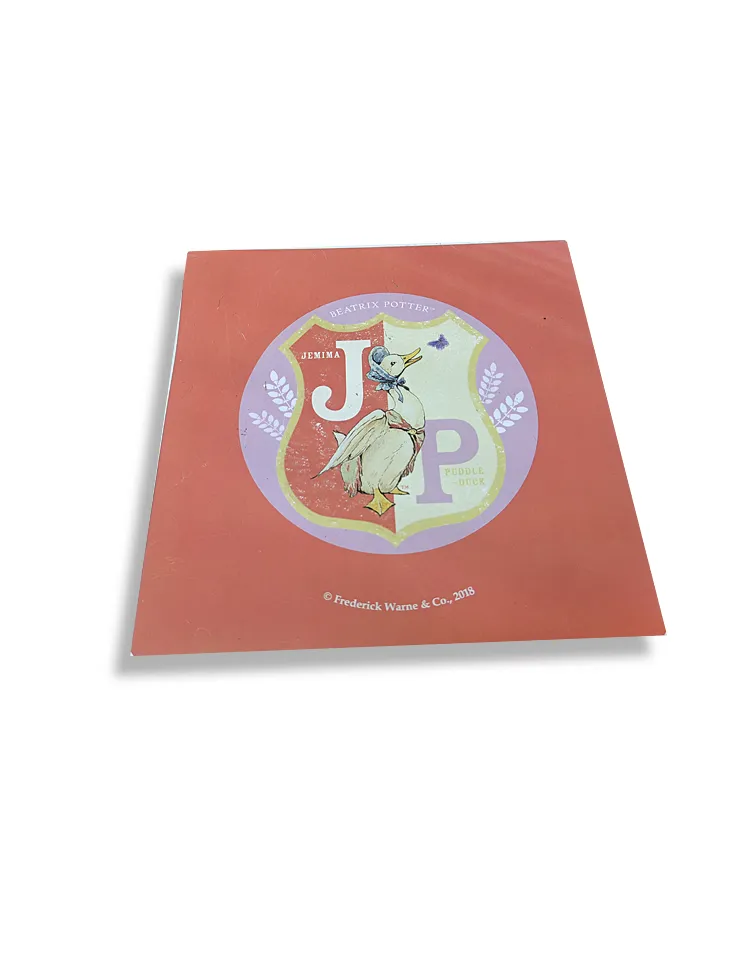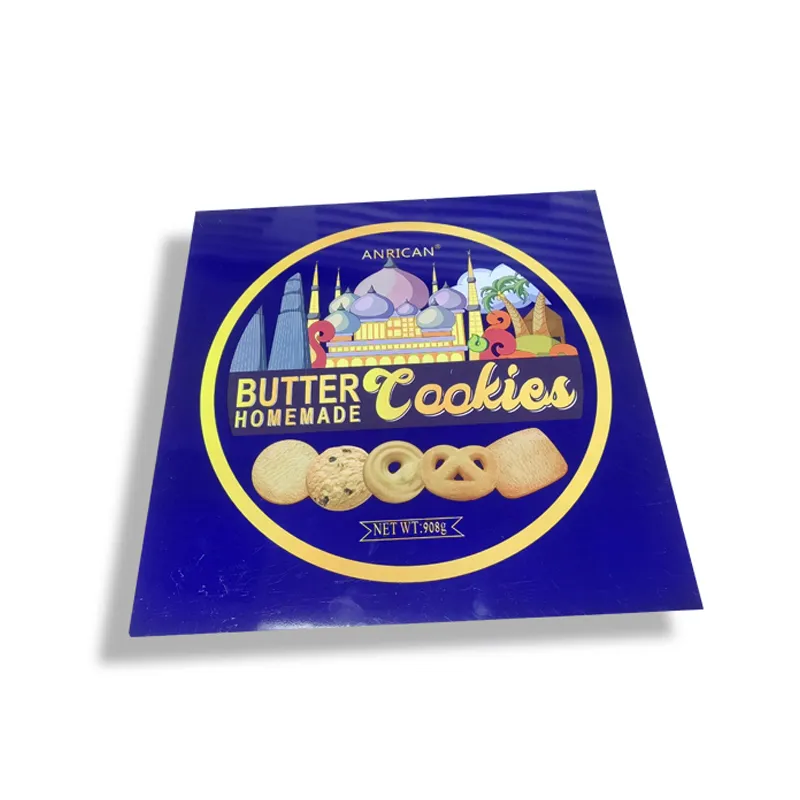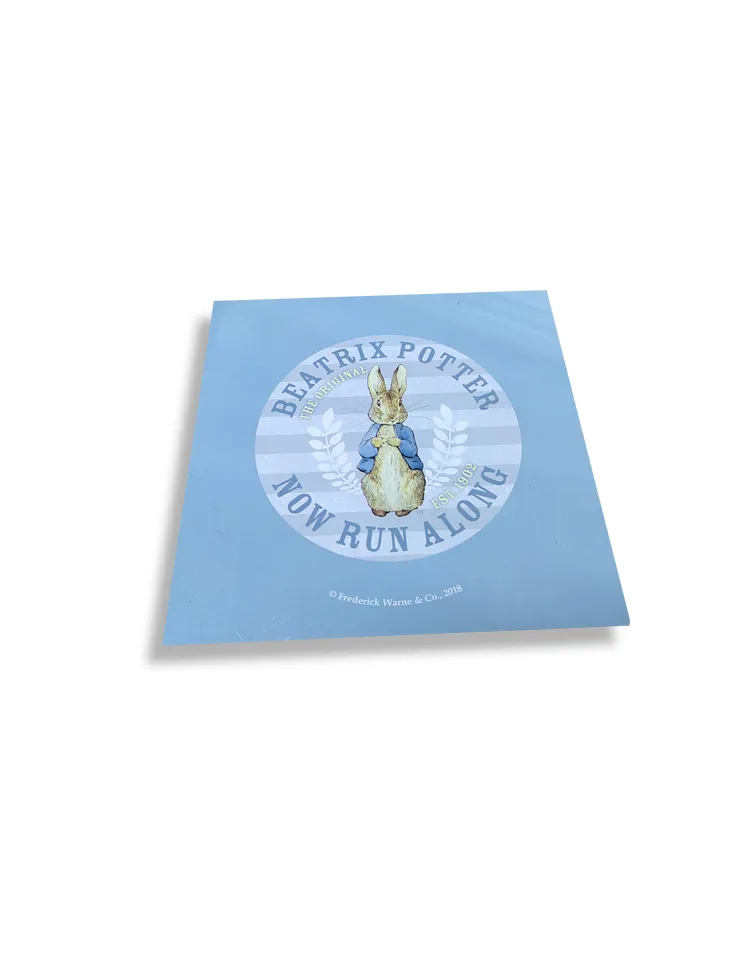As an important tool for food preservation and transportation, food packaging cans must have good durability and corrosion resistance. Tinplate, due to its excellent protective performance and processing adaptability, has become one of the preferred materials for food packaging cans. Although tinplate itself has rust resistance, it may still rust if it is exposed to adverse environments such as moisture and acid for a long time. Therefore, in order to extend the service life of tinplate packaging cans and ensure the safety and quality of food, rust prevention technology for tinplate has become an important topic in the food packaging industry.
This article will analyze the rust prevention process of tinplate in food packaging cans in detail, from material selection to subsequent processing, as well as a variety of surface treatment technologies, to help readers understand in depth how to slow down the rusting process of tinplate through a series of process means to ensure the safety of food packaging.

What is tinplate material?
Before discussing the rust prevention process, it is necessary to understand the basic characteristics of tinplate materials. Tinplate, usually refers to tinplate, which is achieved by plating a thin layer of tin on the surface of steel to achieve the purpose of rust prevention. Steel as the main body provides sufficient strength and rigidity, while the surface tin layer mainly plays an anti-corrosion role.
The role of tin plating is as follows:
1. Isolate air: The presence of the tin layer can block the direct contact between oxygen in the air and steel, thereby preventing the occurrence of oxidation reactions.
2. Sacrificial anode effect: The electrochemical properties of tin are more active than those of steel. In a corrosive environment, tin is oxidized first, delaying the corrosion of steel.
3. Food safety: The tin layer is relatively safe and will not react chemically with food when in contact with food, meeting the safety standards for food packaging.
However, the tin layer is not foolproof. When the tin layer is worn, scratched, or exposed to an acidic or alkaline environment, it may still cause corrosion problems. In order to prevent these problems, manufacturers of food packaging cans have adopted a variety of processes to further improve the rust resistance of tinplate.

What processes can slow down the rusting of tinplate?
In the manufacturing process of food packaging cans, the anti-rust treatment for tinplate mainly includes the anti-rust treatment of the material itself, the surface coating process, and the protective measures when sealing the can. Below we discuss these main process methods in detail.
Selection and treatment of tin plating
The anti-rust performance of tinplate depends first on the quality and thickness of its tin plating. During the production process, the thickness of the tin layer is generally controlled in the range of 1.5g/m² to 15g/m², depending on the purpose of the can and the acidity and alkalinity of the food. The thicker the tin layer, the better the anti-rust performance. For acidic foods (such as tomatoes, canned juice, etc.), a thicker tin plating layer is usually selected, while for ordinary foods, a thinner tin layer can be used.
Double-sided tin plating technology is one of the important means to improve the anti-rust effect. By plating tin on both sides of the tinplate at the same time, it can not only improve the corrosion resistance, but also ensure that even if one side is damaged, the other side can still provide effective protection. The key to this process is to uniformly tinnize and avoid the phenomenon of local plating being too thin or too thick.
In addition, passivation treatment is required after tinning. Passivation treatment is to form an oxide film on the surface of the tin layer by chemical methods to improve its corrosion resistance. This passivation film can effectively prevent external oxygen or other corrosive media from further oxidizing the tin layer, thereby extending the service life of tinplate.
Coating process of tinplate surface
In order to further enhance the rust resistance of tinplate, an organic coating is usually applied to the surface of tinplate after tinning. These coatings not only provide additional physical protection, but also prevent the tin layer from contacting acidic foods.
The following are several common surface coating processes:
1. Epoxy resin coating: Epoxy resin is widely used in tinplate coating treatment due to its excellent chemical resistance, water resistance and mechanical strength. Epoxy resin can effectively isolate external moisture and oxygen, prevent them from contacting the tin layer, and thus avoid corrosion. Usually, epoxy resin coating is applied to the inner wall of food cans to prevent the acidic components in the food from corroding the metal surface.
2. Polyester coating: Polyester coating is a transparent, glossy coating that is often used on the outside of the can. It not only enhances the visual effect of the can, but also has good corrosion resistance, which can effectively prevent corrosion of tinplate caused by the external environment (such as humid air). In addition, polyester coatings also excel in abrasion resistance, which can prevent corrosion hazards caused by scratches during transportation or storage.
3. BPA-free coatings: Due to the potential threat of bisphenol A (BPA) to human health, more and more food packaging cans have begun to use BPA-free coatings in recent years. These coatings are not only safe for the human body, but also have high corrosion resistance. New BPA-free coatings usually use environmentally friendly polyester or acrylic materials, which can provide excellent anti-rust effects while ensuring safety.
4. Printing protective coating: In addition to the anti-corrosion coating on the inner wall, the outer wall of tinplate food cans is usually printed to display brand and product information. After printing, a layer of transparent protective coating must be added to prevent the printed pattern from being damaged by the external environment (such as moisture, friction, etc.). This protective coating not only protects the printing effect, but also enhances the anti-oxidation and anti-corrosion capabilities of tinplate.
Can edge treatment process
The can edge of the food packaging can is one of the most prone to rust, because this part is usually directly exposed to air and moisture after opening. In order to slow down the rusting of tinplate at the mouth of the can, the following processes are widely used:
1. Electroplating tin sealing process:In the last step of can production, many manufacturers will electroplating tin on the mouth of the can, that is, re-covering a layer of tin on the exposed metal. This process can provide additional protection for the mouth of the can to prevent the steel from being directly exposed to the air and undergoing oxidation.
2. Plastic or rubber seals:Using plastic or rubber seals at the joint between the mouth of the can and the lid can further prevent the entry of air and moisture. This sealing material not only has anti-corrosion properties, but also can enhance the sealing of the mouth of the can and reduce the intrusion of contaminants such as bacteria. This type of process is particularly suitable for food packaging cans that are stored for a long time.
3. Coating sealing treatment:Some high-end food cans will also undergo additional coating sealing treatment on the exposed metal part of the can opening, and apply a layer of anti-corrosion paint at these locations to increase corrosion resistance. This treatment process can significantly extend the service life of the can after opening the can and prevent rust problems caused by exposed metal at the mouth of the can.
Nitrogen filling treatment in cans
In some special food packaging cans, nitrogen filling process is also used to delay the oxidation of tinplate. By filling the can with inert gas nitrogen, the air (especially oxygen) in the can is replaced, thereby reducing the contact between tinplate and oxygen and preventing the occurrence of oxidation reaction. The nitrogen filling process is particularly suitable for food packaging with high requirements for freshness and corrosion, such as high-end coffee cans, juice cans, etc.
Improvement of welding process
Tinplate cans usually undergo welding process during the manufacturing process, and the welding point is the weaker part of the can body, which is susceptible to oxidation and corrosion. Therefore, in the manufacturing process of modern food packaging cans, laser welding technology has gradually replaced the traditional mechanical welding method. Laser welding
It has the advantages of high precision and small heat-affected area, which can reduce the damage to the tinplate surface during welding, thereby reducing the risk of corrosion. In addition, the surface after welding is usually coated to further enhance the anti-rust performance.

Anti-rust protection during packaging process
In the production process of food packaging cans, in addition to protecting the tinplate material itself, the processing of the packaging link is also crucial to prevent the tinplate from rusting. The following are several key protective measures during the packaging process:
Moisture-proof packaging
When packaging food, moisture must be prevented from entering the can. Especially for some foods with high water content, such as juice, pickles, etc., the can should be kept dry before sealing. In addition, humidity control in the production environment is also one of the important measures to prevent tinplate from rusting.
Sealing test
After sealing the can, the sealing of the can must be tested to ensure that no air enters the can. Common testing methods include vacuum testing and airtightness testing. A well-sealed can can effectively prevent oxygen and moisture from entering the can, reducing the risk of rust.
Use of preservatives
In some food packaging cans, especially highly acidic foods, a small amount of preservatives may be added to the can. These preservatives can neutralize the acidic substances in the food and slow down its corrosion to the metal can.

